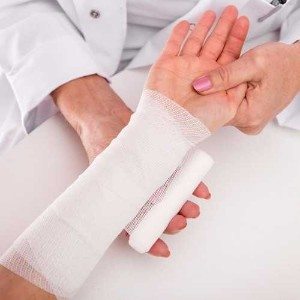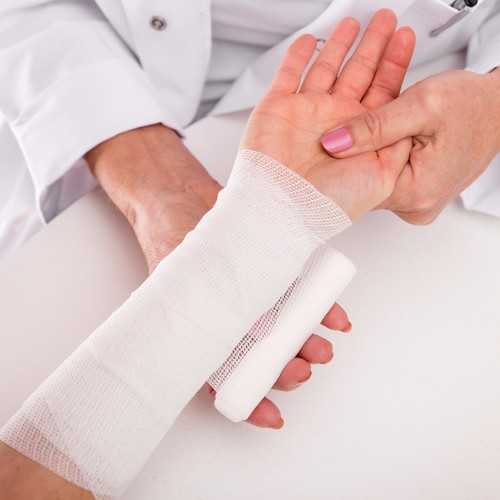Preventing Burn Injuries
 If you have been seriously injured due to a burn in Houston, you may be eligible to receive compensation for any damages you may have suffered. Here is some important information to know about preventing burn injuries.
If you have been seriously injured due to a burn in Houston, you may be eligible to receive compensation for any damages you may have suffered. Here is some important information to know about preventing burn injuries.
Preventing Burn Injuries | How Burn Injuries Can Happen
Burn injuries fall into seven main categories: chemical, contact, electrical, flame, flash, radiation, and scald. Of these, only contact burns, flame burns, flash burns, and scalds, also known collectively as thermal burns, stem from exposure to a high temperature.
- Thermal burns can occur when a person touches hot plastic or metal, when clothes catch on fire, when gasoline ignites and explodes, or when hot beverages spill on exposed skin.
- Chemical burns are unrelated to heat, and these injuries result instead when a person comes in contact with an alkaline substance, such as bleach, or a strong acid.
- Electrical burns can affect internal organs, as an electrical current can run through a person’s body and cause major damage from head to toe.
- Radiation burns, also called radiological burns, can result from extended exposure to ultraviolet light, X-rays, and similar forms of radioactive sources.
Download Our FREE Houston Industrial Accident Guide
Preventing Burn Injuries | Treating a Burn Injury
If your skin is red and painful to the touch, it is likely that you have developed first-degree burns. This degree of burn is limited to the outermost layer of skin, and as such, these burns can usually heal within a few days after the injury. First-degree burns that cover much of the body warrant attention from a doctor, but burns that are smaller in size can benefit from home remedies involving cool compresses and sterile bandages. Sunburn is a common and easily recognizable first-degree radiation burn, and though Texas is one of the states with the lowest risk of skin cancer, Houston’s residents should keep the sunscreen handy.
Second-degree burns require medical attention, and unlike first-degree burns, these burns should not be treated by anyone other than health professionals. This type of burn can manifest as blisters or deep red skin, and there may be severe pain and even some skin loss. Third- and fourth-degree burns may be painless, but sustaining either type of burn can result in permanent disfigurement. Only care from an emergency medical technician or doctor will prevent further complications.
Preventing Burn Injuries | Burn Injury Compensation
Countless personal injury cases in the United States have negligence as their basis, and Texas is no exception. Though the exact definition of negligence varies slightly from state to state, all courts in the Greater Houston metropolitan area follow the same standards. According to the Texas Civil Practice and Remedies Code, one of the 31 fundamental statutes that constitute Texas state law, negligence is a general dereliction of duty to protect other people from harm. Despite the simplicity of the definition, negligence is applicable to a wealth of situations.
Plaintiffs and their attorneys, under Texas state law, have to prove that the plaintiffs were injured as a direct result of another party’s failure to obey common-sense safety standards. The attorney must show that this failure was a breach of that party’s responsibility to adhere to those standards, and any negligence on the part of all plaintiffs cannot account for more than 50 percent of the responsibility for the injury.
If you have been injured due to a serious burn as the result of someone else’s negligence, please contact our experienced Houston burn injury lawyer today to schedule a free consultation so we can help you receive the compensation you deserve.

